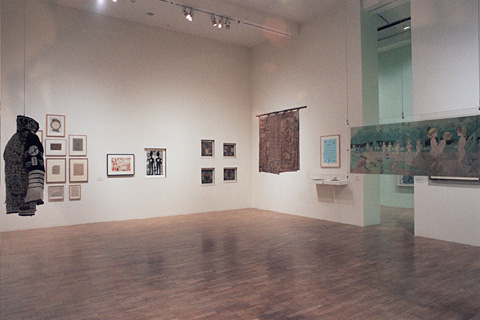The notion of the artist as an “Outsider” – someone to whom the normal rules of society do not or cannot apply – is one of considerable antiquity. Plato contended that artists and poets were too unstable to have any part of his ideal Republic. Socrates, looking at the question from a different perspective, felt that no creative writer could really be any good unless he was at least a little bit disturbed: “If a man comes to the door of poetry untouched by the madness of the muses, he and his sane compositions never reach perfection, but are utterly eclipsed by the performances of the inspired madman.”
John Dryden expressed the same idea in his epigrammatic couplet, “Great wits are sure to madness near allied / And thin partitions do their bounds divide”, while the Renaissance Neo-Platonist philosopher Marsilio Ficino – one-time mentor of Michelangelo – contended that mental instability and intellectual superiority were simply two sides of the same coin. In Ficino’s metaphor, impassioned artists “walk, as it were, on a narrow ridge between two abysses. But they walk, just for this reason, way above the level of ordinary mortals.” The history of the self-portrait, in Western art, is intimately bound up with the artist’s sense of his own status as a being apart from the mainstream of human society: Durer’s self-allegory as the personification of Melancholy, slumped, saturnine, intense; Caravaggio’s self-portrait as Bacchus/Dionysus, his senses disoriented by wine; Rembrandt’s self-portrait as a grinning, toothless, demented old man; Van Gogh’s famous self-portrait, sans ear, painted in the immediate aftermath of his descent into a state of psychosis following an argument with the almost equally mercurial Paul Gauguin.
The idea that inspiration, insight and mental instability – not to say outright mental illness – are codependent states of mind...

Inner Worlds outside, at the Whitechapel Gallery 2006
07-05-2006

